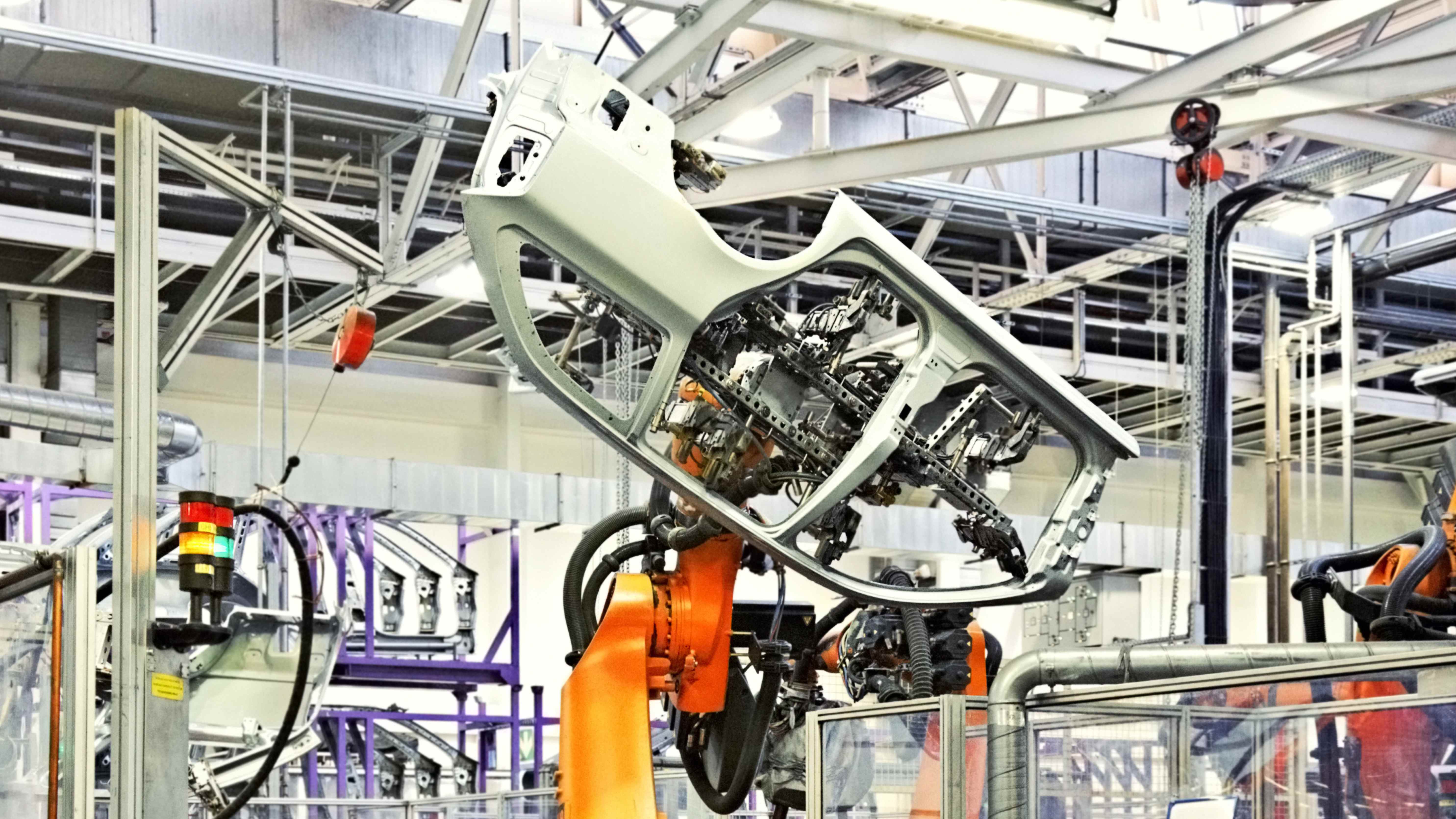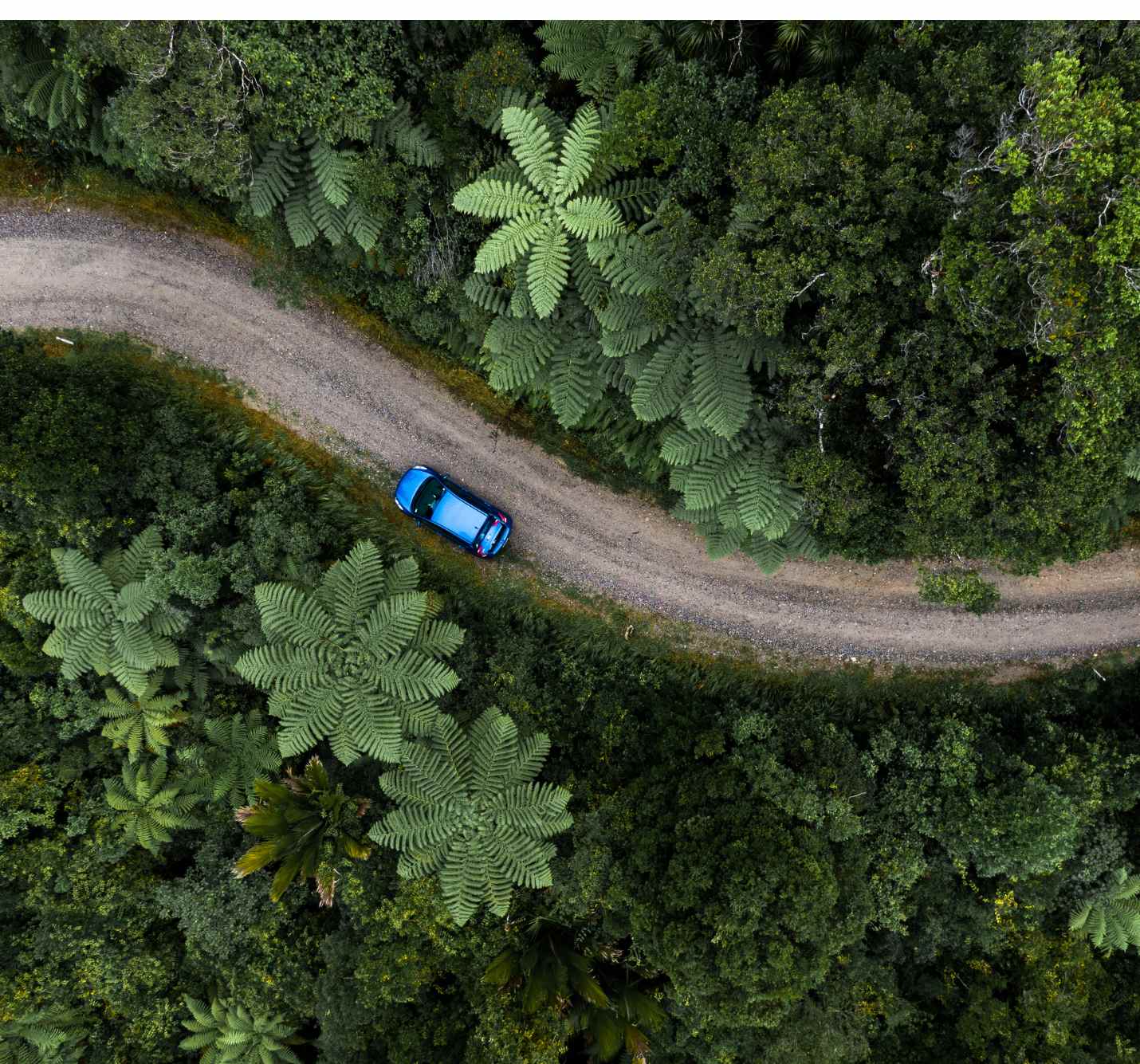Let’s talk
Automotive shapes mobility, jobs and innovation worldwide. The sector spans complex global supply chains and enables everyday life - yet it also drives pressures on nature through material sourcing, manufacturing, use and end-of-life.
The foundations the sector depends on - freshwater, stable climates, resilient ecosystems and secure supplies of key materials. All of these are under strain which raises operational, regulatory and supply risks across OEMs and suppliers alike.
But transformation is both possible and urgent. With avoidance-first planning, circular materials, safer chemistry and transparent supply chains, the sector can cut risk, unlock value and help deliver a nature-positive mobility system.
The auto industry is pivoting fast: product portfolios are shifting, expectations are rising, and value chains are being rewired. Four trends are reshaping how companies design, source and disclose:
Global biodiversity goals and fast-evolving standards (e.g., TNFD, ESRS/CSRD, ISSB) are pushing OEMs and suppliers to assess dependencies/impacts, set targets and disclose credible plans across the value chain.
The move from ICE to EVs and new mobility models is accelerating — creating major upstream material shifts and downstream infrastructure needs, with nature impacts that must be managed alongside decarbonisation.


If left unaddressed, these challenges will raise costs, delay launches and undermine reliable supply.
From process chemicals and paint shops to tyre/brake wear and EoL waste, pollution impacts land, water and human health — and invites tighter regulation and scrutiny.
Automotive manufacturing is water-intensive, while upstream materials (metals, chemicals, rubber) often sit in water-stressed basins — heightening operational and compliance risk.
Upstream inputs drive habitat conversion and fragmentation (e.g., mining, rubber, leather), with cumulative impacts and rights-holder risks if not properly managed.
Thousands of suppliers and long development cycles make traceability difficult — increasing exposure to disruptions, legal risk and reputational harm.
If managed well, the sector can lower risk, cut cost and grow value while improving outcomes for nature.
Strengthen water stewardship, reduce hazardous substances and abate manufacturing emissions to improve resilience and reduce compliance costs.
Scale recycled content, closed-loop metals, safer chemistries and deforestation-free rubber/leather with robust traceability and supplier engagement.
Advance EVs and other low-impact mobility options alongside nature-aware infrastructure and service models that reduce lifetime footprints.
Invest in conservation and restoration with Indigenous Peoples and local communities, and collaborate on data, standards and policy to unlock finance and faster progress.

We work with our clients to map nature impacts and dependencies throughout their agricultural value chains, identifying priority pressures such as deforestation, soil degradation, or water stress.

We collaborate with client teams to translate material nature-related impacts and dependencies throughout agri-supply chains into business risks and opportunities.

We support clients to distill nature-related dependencies, impacts, risks and opportunities into credible reporting that can be used to drive action.

We help craft credible nature strategies with clear targets and actions that tackle key dependencies, impacts, and risks while unlocking opportunities that drive business value and sustainable performance.